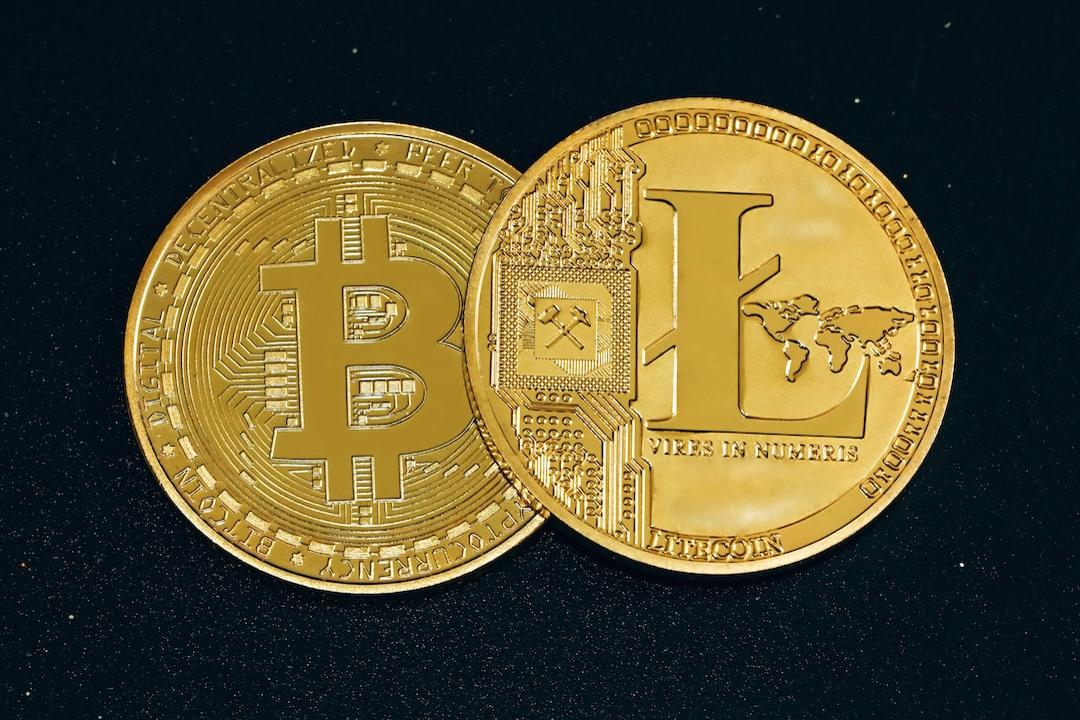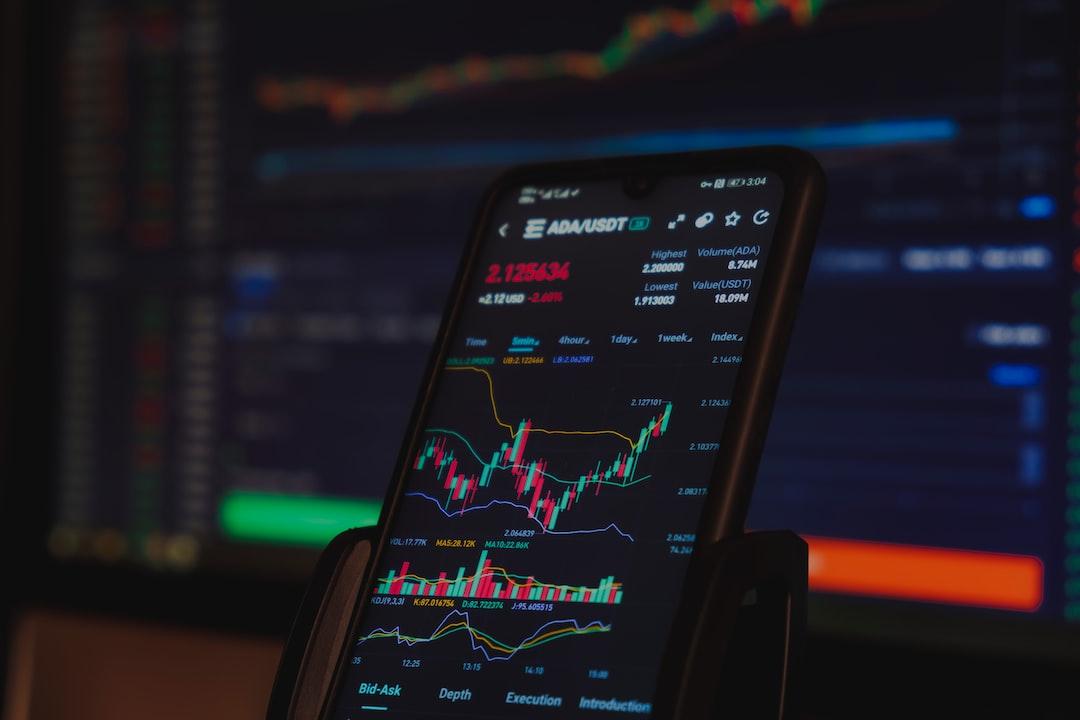The Ethereum spot ETF is expected to commence trading in mid to late July. Galaxy estimates it will attract $5 billion in inflows within the first five months of launching. This article uses observations from Bitcoin spot ETFs to predict the performance of the Ethereum spot ETF post-launch.
**Table of Contents**
Key Points
Background
Experience of Bitcoin ETFs
ETF Demand Driven Mainly by Retail, Institutional Demand Rising
Wealth Management Platforms Yet to Start Purchasing Bitcoin ETFs
Estimating Potential Inflows for Ethereum ETF
Factors Influencing ETH and BTC Price Sensitivity
Future Outlook
The Bitcoin spot ETF, launched on January 11, 2024, has accumulated net inflows of $15.1 billion as of June 15, 2024.
Nine issuers are preparing to launch ten Ethereum spot ETFs in the United States. The SEC approved all 19b-4 filings on May 23, with these ETFs expected to begin trading in July 2024.
Similar to Bitcoin ETFs, we anticipate primary net inflows to come from independent investment advisors or those associated with banks, brokers, or traders.
We expect the first five months of the Ethereum ETF to capture 20-50% of the net inflows seen by the Bitcoin ETF during the same period, with our target estimate at 30%, translating to monthly net inflows of $1 billion.
Overall, we believe ETHUSD shows higher price sensitivity to ETF inflows compared to BTC, as a significant portion of ETH’s total supply is locked in staking, cross-chain bridges, and smart contracts, with fewer amounts held by centralized exchanges.
For months, observers and analysts have underestimated the potential approval of spot Ethereum exchange-traded products (ETPs) by the U.S. Securities and Exchange Commission (SEC). Pessimism stemmed from the SEC’s reluctance to categorically recognize ETH as a commodity, lack of communication between the SEC and potential issuers, and ongoing enforcement actions related to the Ethereum ecosystem.
However, all applications for spot Ethereum ETPs have now been approved by the SEC. We anticipate these instruments will actually launch after the effectiveness of their S-1 filings (expected sometime in the summer of 2024).
This report will reference the performance of Bitcoin spot ETPs to forecast demand for Ethereum ETPs. We estimate the Ethereum spot ETP will achieve approximately $5 billion in net inflows in its first five months of trading (about 30% of Bitcoin ETP net inflows).
Currently, nine issuers are competing to launch ten exchange-traded products (ETPs) for spot ETH. In recent weeks, some issuers have withdrawn. ARK chose not to collaborate with 21Shares for its Ethereum ETP, while Valkyrie, Hashdex, and WisdomTree have withdrawn their applications.
The chart below shows the current status of applicants sorted by 19b-4 filing date:

Grayscale is seeking to convert the Grayscale Ethereum Trust (ETHE) into an ETP, similar to what the company did with its Grayscale Bitcoin Investment Trust (GBTC), but Grayscale has also applied for a “mini” version of the Ethereum ETP.
On May 23, the U.S. Securities and Exchange Commission approved all 19b-4 filings (allowing rule changes for exchanges to list ETH spot ETPs), but each issuer now needs to engage with regulatory authorities repeatedly on their registration statements.
Trading of the products themselves can only commence once the U.S. Securities and Exchange Commission allows these S-1 filings (or ETHE’s S-3 filing) to be effective. Based on our research and Bloomberg’s reports, we anticipate Ethereum spot ETPs may start trading as early as the week of July 11, 2024.
The Bitcoin ETF has been around for nearly six months and can serve as a benchmark for predicting potential popularity of the Ethereum spot ETF.

Source: Bloomberg
Here are some observations from the first few months of Bitcoin spot ETP trading:
Thus far, there has been a consistent upward trend in fund inflows. As of June 15, cumulative net inflows into U.S. spot Bitcoin ETFs since launch exceeded $15 billion, with an average daily net inflow of $136 million. These ETFs hold approximately 870,000 BTC, accounting for 4.4% of the current BTC supply. BTC trading prices are around $66,000, with total AUM for all U.S. spot ETFs approximately $58 billion (Note: GBTC held about 619,000 BTC before ETF launch).
ETF inflows have been a contributing factor to the rise in BTC prices. Regression analysis of BTC price changes against ETF net inflows yields an r-squared of 0.55, indicating a high correlation between these variables. Interestingly, we also found that price changes lead inflows, rather than the other way around.
GBTC has been a major drag on ETF liquidity overall. Since the conversion from trust to ETF, GBTC experienced significant outflows in the initial months. Daily outflows peaked in mid-March, with outflows of $642 million on March 18, 2024. Subsequently, outflows moderated, and GBTC even saw several days of positive net inflows starting from May. As of June 15, BTC balances held by GBTC have decreased from 619,000 to 278,000 since ETF launch.
13F filings show that as of March 31, 2024, over 900 U.S. investment firms hold Bitcoin ETFs, with holdings valued at approximately $11 billion, accounting for about 20% of total BTC ETF holdings, indicating that most demand is driven by retail investors. Institutional buyers include major banks (e.g., JPMorgan, Morgan Stanley, Wells Fargo), hedge funds (e.g., Millennium, Point72, Citadel), and even pension funds (e.g., Wisconsin Investment Board).
The largest wealth management platforms have yet to allow their brokers to recommend Bitcoin ETFs, although Morgan Stanley reportedly explores allowing its brokers to solicit clients to buy. In our report “Market Size of Bitcoin ETFs,” we noted that it may take several years for wealth management platforms (including broker-dealers, banks, and RIAs) to assist clients in purchasing Bitcoin ETFs. Thus far, inflows from wealth management platforms have been minimal, but we believe it will be a significant catalyst for Bitcoin adoption in the near to medium term.

Daily liquidity of GBTC post-ETF approval (USD)
Referencing the situation with Bitcoin ETPs, we can approximate market demand for Ethereum ETPs.

Relative market sizes of BTC and ETH ETP markets
To estimate potential inflows for the Ethereum ETF, we apply multiples of BTC/ETH trading volumes to the net inflows of U.S. Bitcoin spot ETFs as of May 31.
BTC’s market cap is 2.9 times that of ETH.
In all exchanges, based on open interest levels and trading volumes, BTC’s futures market is roughly twice that of ETH’s. Specifically for CME, BTC’s open interest is 8.4 times that of ETH, and BTC’s daily trading volume is 4.2 times that of ETH.
The AUM of existing funds (divided into Grayscale Trusts, futures, spot, and selected global markets) shows that BTC funds are between 2.6 to 5.3 times the size of ETH funds.
Based on these factors, we estimate that Ethereum spot ETF inflows will be approximately one-third of Bitcoin spot ETF inflows (estimated range: 20%-50%).
Applying this data to the $15 billion in net inflows into U.S. Bitcoin spot ETFs before June 15, implies monthly inflows of approximately $1 billion for the first five months after the launch of the Ethereum ETF (estimated range: $600 million to $1.5 billion per month).

Estimated inflows into U.S. spot Ethereum ETFs
Due to several factors, we see some valuations lower than our predictions. Nonetheless, our previous report forecasted $14 billion in Bitcoin ETF inflows for the first year, assuming wealth management platforms entered, but significant inflows occurred before these platforms entered. Therefore, we suggest caution in predicting demand for Ethereum ETFs during periods of low demand.
Some structural/market differences between BTC and ETH will affect ETF liquidity:
Demand for the Ethereum spot ETF may be affected by the lack of staking rewards. Non-staked ETH may sufferThe opportunity cost is as follows: (i) inflation rewards paid to validators, (ii) priority fees paid to validators, and MEV income paid to validators via relays.
According to data from September 15, 2022, to June 15, 2024, we estimate that the annualized opportunity cost of forgoing staking rewards for holders of spot ETH is 5.6% (if the result is obtained using year-to-date data, it will be 4.4%), which is a significant difference.
This will reduce the attractiveness of spot Ethereum ETF to potential buyers. Please note that ETPs offered outside the United States (e.g., in Canada) offer additional income to holders through staking.
Additionally, Grayscale’s ETHE may drag down the flow into Ethereum ETF. Just as the GBTC Grayscale Trust experienced significant outflows during the ETF conversion, the conversion of ETHE Grayscale Trust to ETF will also result in outflows.
Assuming that the outflow rate of ETHE matches the outflow rate of GBTC in the first 150 days (i.e., 54.2% of the trust supply is withdrawn), we estimate that the outflow of ETHE will be approximately 319,000 ETH per month, calculated at the current price of $3,400, resulting in a monthly outflow of $1.1 billion or a daily average of $36 million.
Please note that the percentage of tokens held by these trusts in relation to their total supply is: BTC 3.2% and ETH 2.4%. This indicates that the pressure on ETH price from the ETHE ETF conversion is lower than that of GBTC. Additionally, unlike GBTC, ETHE will not face forced selling due to bankruptcy cases (e.g., 3AC or Genesis), further supporting the view that the selling pressure related to ETH and Grayscale Trusts will be relatively less than that of BTC.
Basis trading may drive the demand for Bitcoin ETF by hedge funds. Basis trading may drive the demand for Bitcoin ETF by hedge funds, who hope to arbitrage between the spot and futures prices of Bitcoin.
As mentioned earlier, 13F filings show that as of March 31, 2024, over 900 U.S. investment companies hold Bitcoin ETFs, including some well-known hedge funds such as Millennium and Schonfeld.
Throughout 2024, the funding rates for ETH on various exchanges have been higher than those for BTC, indicating that (i) there is relatively higher demand for long ETH, and (ii) spot Ethereum ETF may bring about more demand from hedge funds using basis trading.
Due to our estimated Ethereum ETF flow-to-market cap ratio being roughly equal to the Bitcoin flow-to-market cap ratio, we expect price impact to be roughly similar under all other conditions. However, there are several key differences in supply and demand for these assets that might cause Ethereum price to be more sensitive to ETF flows:
Exchange-held supply: Currently, the proportion of BTC held by exchanges is higher than that of ETH (11.7% to 10.3%), indicating that ETH supply might be tighter, and assuming flows are proportional to market cap, the price sensitivity of ETH would be higher (note: this metric is heavily dependent on exchange address attribution and varies widely among different data providers).
Currency inflation and burn: Following the latest halving on April 20, 2024, BTC’s annual inflation rate is approximately 0.8%. Post-merge, ETH has experienced net negative issuance (annualized -0.19%) because new issuance paid to stakers (+0.63%) has been offset by burned base fees (-0.83%). In the past month, ETH base fees have been relatively lower (annualized -0.34%) and have failed to offset new issuance (annualized +0.76%), resulting in a net positive annualized inflation rate of +0.42%.
ETF-held supply: Since launch, the net inflow of BTC into U.S. spot ETFs (excluding the starting balance of GBTC) totals 251,000 BTC, accounting for 1.3% of the current supply. On an annualized basis, ETFs will absorb 583,000 BTC, representing 3.0% of the current supply of BTC, which will far surpass the dilution from miner rewards (0.81% inflation rate).
However, the actual market liquidity available for purchase is much lower than the reported current supply. We believe that a better representation of available market supply for each asset under ETFs will include adjustments for staked supply, dormant/lost supply, and supply held in cross-chain bridges and smart contracts:
Staked supply (discount: 30%): Staking reduces the amount of tokens available for ETF purchase. Currently, Bitcoin does not have staking functionality. Ethereum requires staked ETH to secure the network, but stakers can unstake and use part of the ETH elsewhere. Currently, staked ETH amounts to approximately 27% of the current ETH supply, and we apply a 30% discount to estimate the available market supply, resulting in an 8.2% supply discount.
Dormant/lost supply (discount: 50%): Some BTC and ETH are considered irrecoverable (e.g., lost keys, shipwrecks), thus reducing the available supply. We use BTC addresses dormant for over 10 years and ETH addresses dormant for over 7 years to calculate the dormant/lost supply, which accounts for 16.6% of the current BTC supply and 6.7% of the current ETH supply, respectively. We apply a 50% discount to this balance, as some of the supply held in dormant addresses may come back online at any time.
Supply in cross-chain bridges and smart contracts (discount: 25%): This is the supply locked in cross-chain bridges and contracts for productive purposes. For Bitcoin, BitGo holds approximately 153,000 BTC in custody for wrapped BTC (wBTC), and we estimate a similar amount locked in other cross-chain bridges, totaling approximately 1.6% of the BTC supply. ETH locked in smart contracts accounts for 11.4% of the current supply. We apply a discount lower than that for staked supply, i.e., 25%, because we assume this supply is more liquid than staked supply (i.e., possibly not subject to the same locking requirements and withdrawal queue restrictions).
By applying discount weights for each factor, we estimate that the available supply of BTC and ETH is 8.7% and 14.4% lower than the reported current supply, respectively.
Overall, we believe that the launch of spot Ethereum ETF will have a significant positive impact on the adoption of Ethereum and the broader cryptocurrency market for two main reasons:
(i) Expanding the reach of cryptocurrencies
(ii) Formal recognition by regulatory agencies and trusted financial service brands will give cryptocurrencies greater acceptance.
ETFs can expand the coverage of retail and institutional investors, provide a wider distribution through more investment channels, and support the use of Ethereum for more investment strategies in portfolios. Additionally, further understanding of Ethereum by financial professionals will accelerate investment and adoption of Ethereum.
Related reports
Bloomberg: The launch of the Ethereum spot ETF has been postponed to July 8th; SEC requests amendments to S-1 documents
Bloomberg: Standard Chartered Bank is setting up a “cryptocurrency exchange”, stationed in London to trade Bitcoin and Ethereum spot
Reuters is also optimistic: The Ethereum spot ETF may be listed as early as 7/4, how much new capital can it bring in?


